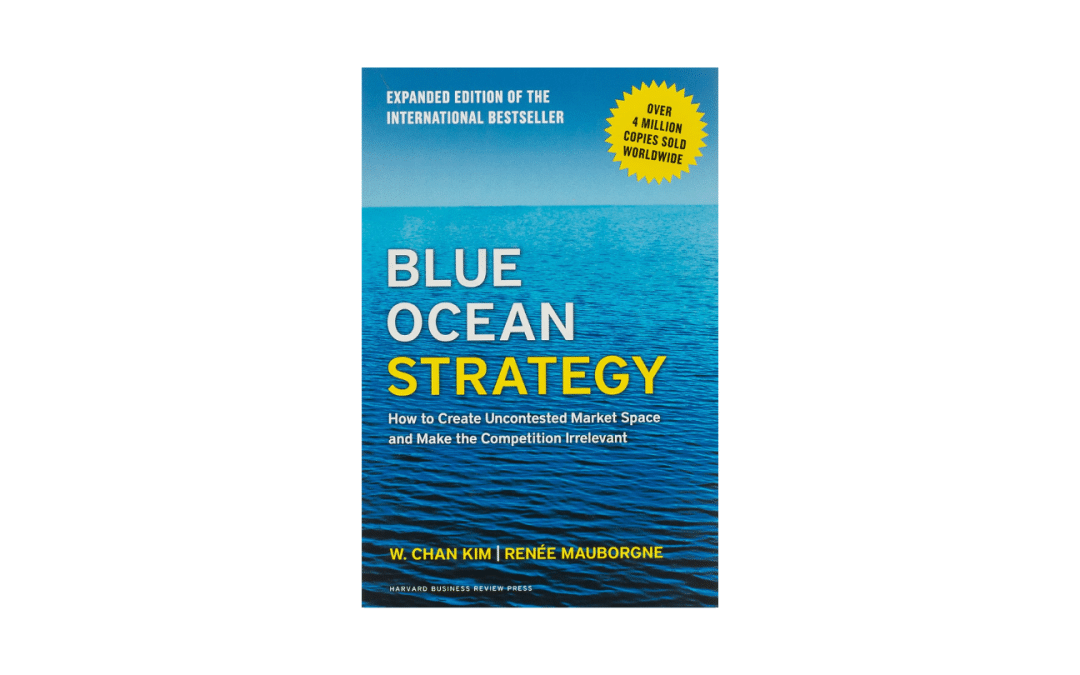The governing concept within this book is that businesses can operate either in a red ocean (competing in a commoditised zero-sum environment) or move to a blue ocean (so be unfettered by competition as their proposition is sufficiently unique for competitors not to matter.) With that, the book gives a detailed strategic framework to help businesses achieve this, where the first major principle the book introduces for businesses looking to move from being in a red ocean to blue, is that of ‘value innovation.’
The authors describe the concept of value innovation as placing equal emphasis on value and innovation. Value without innovation tends to focus on value creation on an incremental scale, i.e. something that improves value but not in such a way as to create space in the marketplace. Innovation without value tends to be futuristic, so beyond what people are prepared to accept and pay for right now. Value innovation occurs only when companies align innovation with utility, price and cost positions. Therefore, central to understanding blue ocean strategy is that it involves both innovation and cost control.
To achieve this, the authors outline eight fundamental principles, from the formulation of the strategy through to its execution.
As part of that, the book is full of diagnostics and frameworks to help identify the necessary steps to pivot successfully where central to this is the strategy canvas. This is a diagnostic designed to identify what customers & clients receive from the business versus any competitors, in terms of the product variables they compete on. For any senior person in management, this is a brilliant diagnostic as straight away it illustrates what the business is focusing on, just as importantly what competitors are focusing on. The more aligned the two are, the more likely it is to be a red ocean. Therefore, creating meaningful blue ocean starts with analysing the strategy canvas and identifying opportunities to differentiate.
Indeed, central to the idea of blue ocean strategy is to grow through offering a solution where there is latent demand, which is yet to be realised. As an example of this, they use the case study of south western airlines, which shunned the traditional airline model of offering a 360 ticket, encompassing meals, lounges etc, and instead focused on lower-cost tickets, no-frills, exceptional customer service and fast turnaround times. By innovating in this way, they expanded the customer pool to being not just the traditional airline passenger, but people who traditionally would have been priced out of flying and would have driven instead. Explosive growth followed.
With that, the first half of the book goes into a lot of depth into how best to formulate the strategy. However, just as important is successfully implementing it and this is where the second half of the book focuses. Speaking for myself, this part of the book is packed full of invaluable insights, none the less, I found chapter eleven the most pertinent, which is focused on avoiding red ocean traps. In this chapter, they really do explain in depth the ways in which people’s strategies can fail and how blue ocean strategy can be both misapplied and misunderstood leading to failure. Indeed this chapter is new to this edition and was written exactly because they felt that their original writings were being misunderstood, hence this is the one to take extra close attention to when reading.
This book isn’t going to be for everyone, but for those who do need to think about strategy as part of their role, be it either as a senior executive, consultant or entrepreneur, this book is essential reading.




